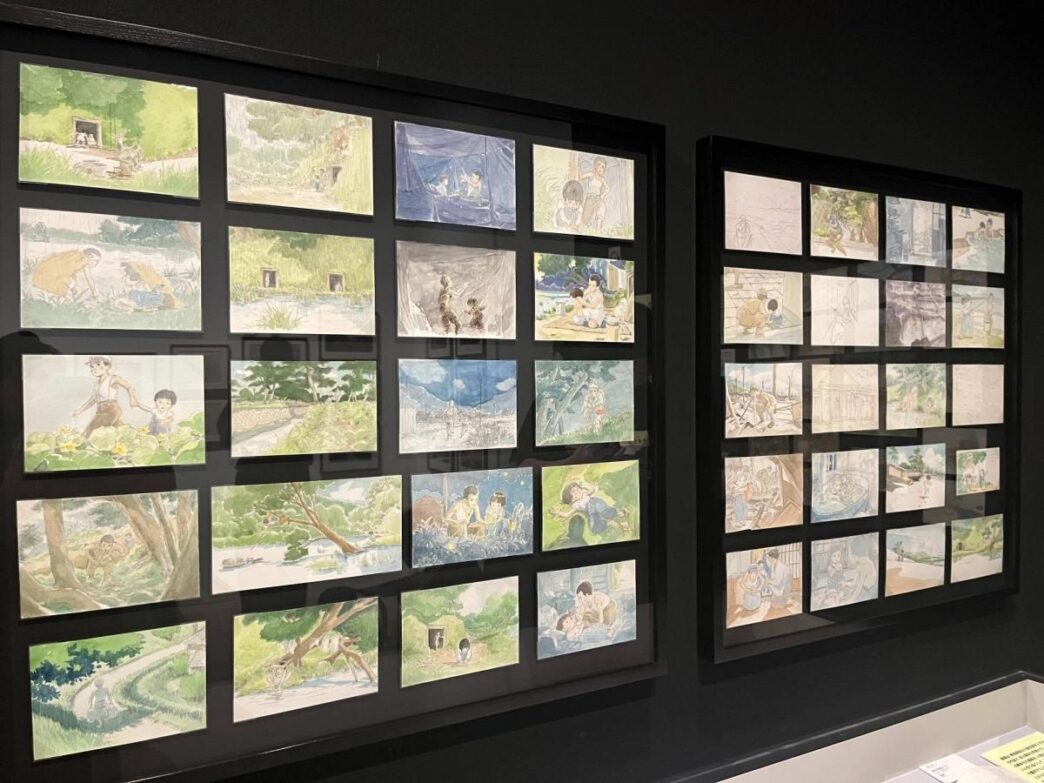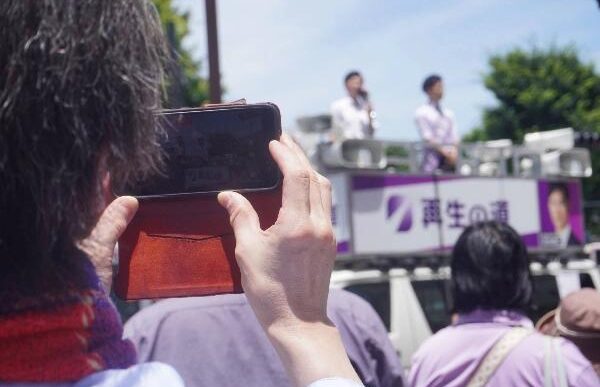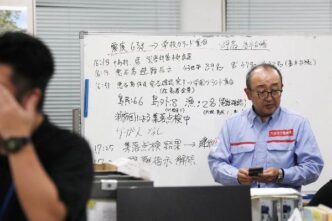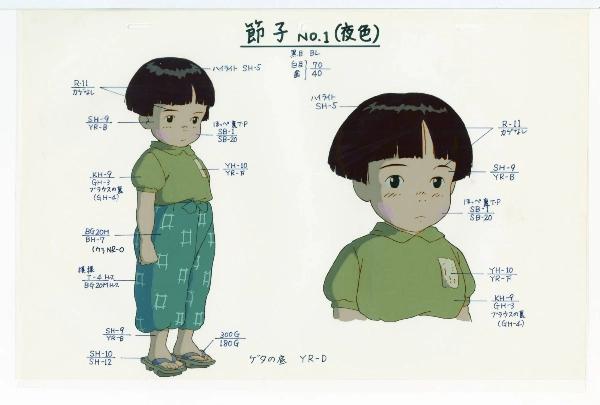
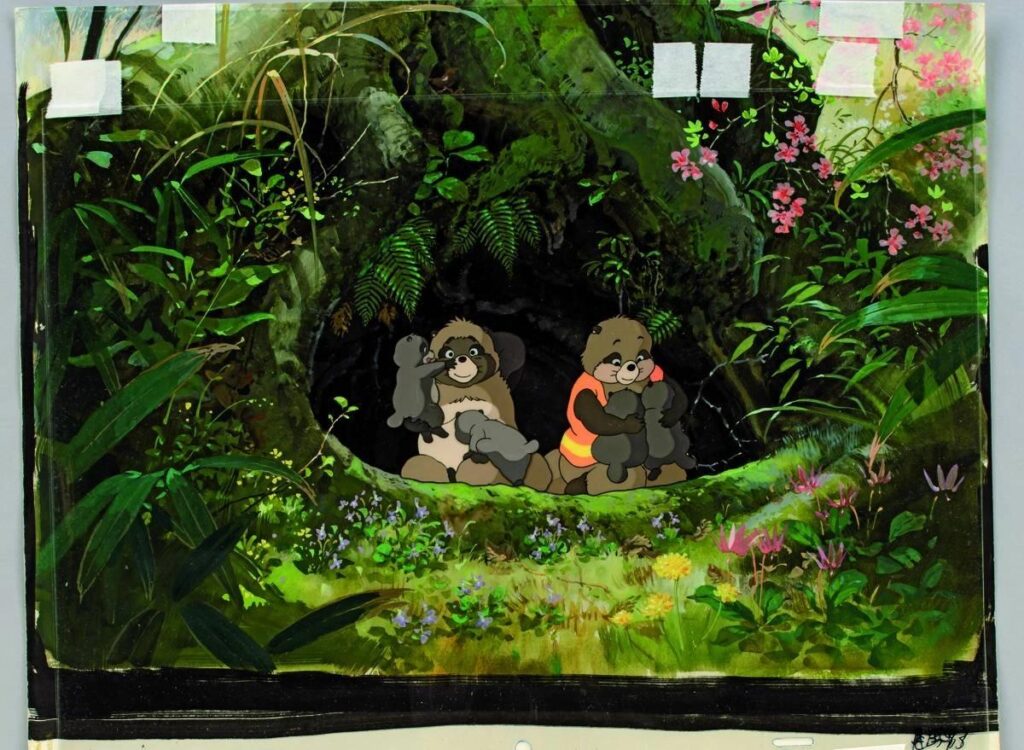
A quiet reverence fills Tokyo’s Azabudai Hills Gallery, where animation legend Isao Takahata is being honored in an exhibition that offers more than nostalgia — it’s a tribute to the painstaking artistry, deep humanity, and collaborative spirit that defined his work.
Titled “The Man Who Planted Japanese Animation,” the exhibit, which opened on June 27, immerses visitors in the creative process behind some of Studio Ghibli’s most iconic and emotionally resonant films — from Grave of the Fireflies to Pom Poko and The Tale of the Princess Kaguya. But beyond the familiar frames and celebrated scenes lies something deeper: a portrait of an artist who believed in people, process, and purpose over fame or flair.
A Director Who Didn’t Draw — But Listened
Unlike his close collaborator Hayao Miyazaki, Takahata didn’t draw. Instead, he directed with empathy, curiosity, and an unshakable commitment to storytelling rooted in everyday emotion.
“He didn’t learn from me,” Takahata once said of Miyazaki, “but I’m sure he learned a lot from our work together.” This spirit of creative exchange defines the exhibit — which places just as much emphasis on sketches by young animators as it does on final frames.
Visitors are invited to trace the collaborative DNA of his films, including rare documents like memos, storyboards, emotion charts, and design proposals contributed by team members. Even Little Norse Prince Valiant — Takahata’s ill-fated 1968 debut — gets significant attention, with one highlight being a hand-drawn “tension chart” mapping emotional highs and lows for 20 characters.
The Intimacy of Everyday Moments
Studio Ghibli’s films are often remembered for their sweeping flights of fantasy. But as the exhibition makes clear, Takahata’s brilliance lay in grounding that magic in deeply human gestures: a quiet sigh, a slumped shoulder, the meticulous slurping of soup.
This dedication to naturalism was sharpened during his early TV work, especially Heidi, Girl of the Alps, where Takahata and Miyazaki honed their ability to portray domestic life with intimacy and authenticity. Displayed materials from this period — like food animations and background sketches — show how carefully crafted even the most ordinary moments were.
Grave Realities and Playful Fantasies
The exhibit doesn’t shy away from the emotional weight of Takahata’s most famous work, Grave of the Fireflies (1988). A gallery devoted to the film includes haunting location photos that inspired key scenes — including the pole against which the young protagonist dies.
In contrast, Pom Poko (1994), with its whimsical, shapeshifting tanuki protesting urban development, brings riotous color and movement into the space. Yet even here, Takahata’s message is grounded. One displayed quote reveals his paradoxical view of the film: “I think of this film as a documentary.”
Each gallery feels like stepping into the mind of a director who believed every leaf, glance, and gust of wind mattered.
Kaguya’s Ethereal Goodbye
The final section of the exhibit focuses on The Tale of the Princess Kaguya (2013), Takahata’s swan song and arguably his most visually daring work. The hand-drawn watercolor palette, unpolished lines, and sparse composition evoke Japanese scrolls more than traditional anime.
Visitors can watch Takahata explain his approach — a blend of stylization and restraint he called “selective realism.” His belief? Let the audience imagine, rather than over-explain. “Humans are more imaginative,” he says in a video. “They can feel empathy even through depersonalized drawings.”
Displayed side-by-side are two of the film’s most stunning scenes — one of joy, as Kaguya twirls under cherry blossoms, and one of anguish, as she flees under the full moon. Watching the raw sketches come to life in motion is a breathtaking reminder of animation’s emotional power — and Takahata’s exacting vision.
A Counterpoint to AI and Instant Art
In an age where AI-generated art is becoming increasingly common, “The Man Who Planted Japanese Animation” serves as a quiet rebellion. It celebrates the human hand, the collaborative sketch, the long hours spent debating a single frame’s emotion.
Every sheet of paper, every pencil stroke on display speaks to the physical, emotional, and philosophical labor behind animation as Takahata understood it — a labor not of one genius mind, but of many hearts working in harmony.
Final Thoughts
Isao Takahata didn’t chase fame. He didn’t care for credit. What he cared about was crafting films that meant something — to those who made them, and to those who watched them.
This exhibition, like his films, doesn’t scream for attention. But it lingers in your heart. In showing how the beloved world of Ghibli came to life, it honors the humility, artistry, and humanity of a man who truly planted the seeds of modern Japanese animation — and nurtured generations to come.

